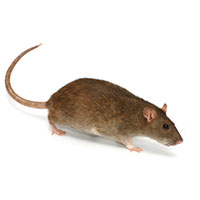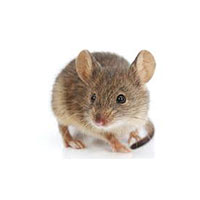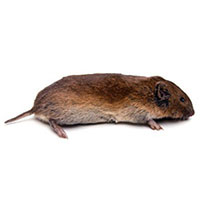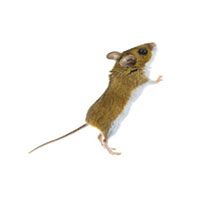Norway Rats in Wisconsin
Norway rats are color-blind, but aside from their vision, their senses are keen (touch with long whiskers). They are nocturnal and can run, climb, jump, swim, and more. Norway rats will eat nearly any type of food, but if given a choice, they select fresh food over stale or contaminated foods. They prefer cereal grains, meats and fish, nuts, and fruit. Food items in household garbage offer a balanced diet and also satisfy their moisture needs. When food sources become scarce, Norway rats may resort to cannibalism and prey on younger, weaker rats. In general, the rodents are opportunistic and feed on anything discovered while foraging. They also are known to be more aggressive than other types of rats.
Norway Rat Habitat
Norway rats prefer to live in underground tunnels or burrows. Inside, they are often found in crawl spaces, basements, attics, or ceiling areas. Burrows of new, establishing rat populations are between 12-20 inches long. As the population grows, the burrows are enlarged and connect with other burrows to form a network of underground tunnels. Ground burrows usually have one central opening used for an entrance or exit and a couple of holes used for escaping. As the rat population increases and if food or water sources are limited, fighting will begin to defend territories. Dominant rats feed at night and are mostly nocturnal. The rats lower in rank are forced to reside in a section of the burrow further from food or water sources. They will feed and be active when the dominant rats are not active. Seeing rats active during the daytime often indicates a large population.
Norway Rat Habits & Dangers
By foraging persistently and gnawing on objects repeatedly, Norway rats cause damage to food, crops, and structures. Furthermore, the rodents engage in burrowing activities, which may lead to damage to gardens and landscaping. Historically, these rodents inspired horror and were largely responsible for spreading the bubonic plague in the 1300s. Also called the Black Death, the plague wiped out vast numbers of the world population. Though rats do not facilitate the same level of devastation today, the pests regularly carry pathogens for other harmful diseases.
If you have a Norway rats infestation in your Wisconsin property, contact your local rodent control experts!
Need help with Norway Rats?
We'll call you! Leave your information below.
Pests Belong Outside!
Leave your information below and we will give you a call back.
"*" indicates required fields
*During normal business hours. After hours inquiries will be returned the next business day.





